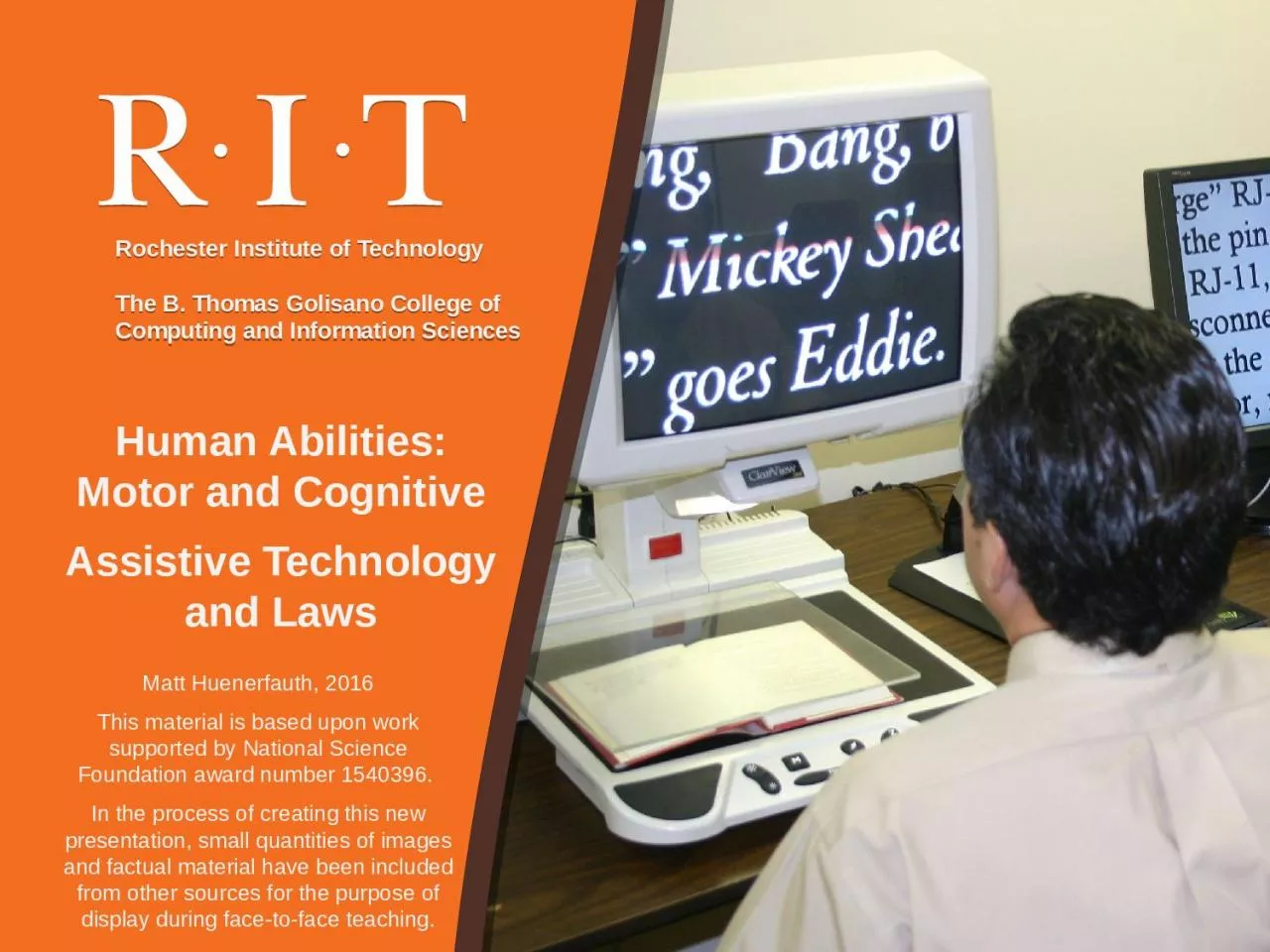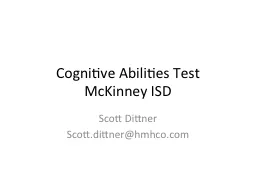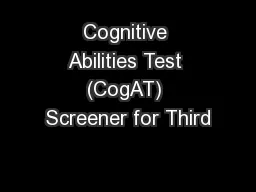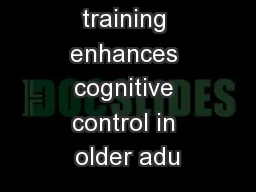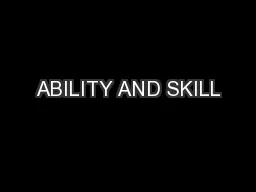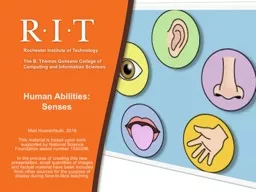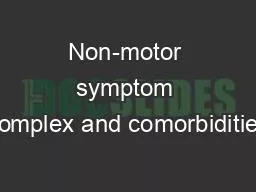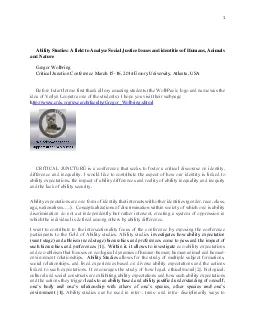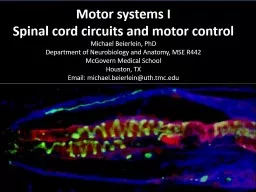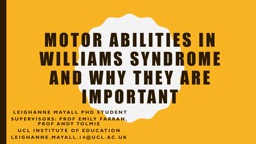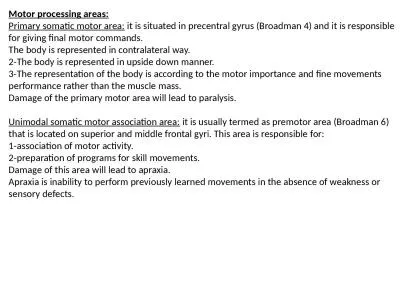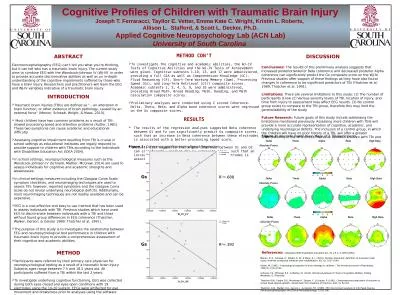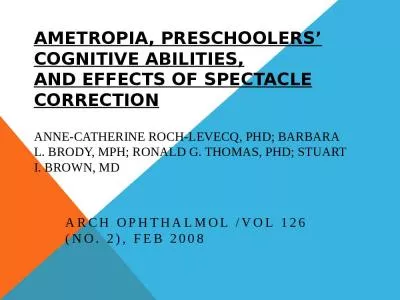PPT-Human Abilities: Motor and Cognitive
Author : deborah | Published Date : 2022-06-15
Assistive Technology and Laws Matt Huenerfauth 2016 This material is based upon work supported by National Science Foundation award number 1540396 In the process
Presentation Embed Code
Download Presentation
Download Presentation The PPT/PDF document "Human Abilities: Motor and Cognitive" is the property of its rightful owner. Permission is granted to download and print the materials on this website for personal, non-commercial use only, and to display it on your personal computer provided you do not modify the materials and that you retain all copyright notices contained in the materials. By downloading content from our website, you accept the terms of this agreement.
Human Abilities: Motor and Cognitive: Transcript
Assistive Technology and Laws Matt Huenerfauth 2016 This material is based upon work supported by National Science Foundation award number 1540396 In the process of creating this new presentation small quantities of images and factual material have been included from other sources for the purpose of display during facetoface teaching. by Howard Gardner. Howard Gardner. Howard Gardner is currently the Hobbs Professor of Cognition and Education at the Harvard Graduate School of Education. He is the author of 29 books published in over thirty different languages. . McKinney ISD. Scott Dittner. Scott.dittner@hmhco.com. What is CogAT?. Test of Cognitive Ability. Norm-based test of aptitude in problem solving specific to three areas:. . Verbal. Quantitative. Nonverbal. Grade. Training and Implementation Plan. Intellectually. vs . Academically. Gifted. Intellectually . Gifted. Academically. Gifted. Requires testing and artifacts showing advanced ability. Thrives in an academic setting. Research. . directed by Dr. Adam Gazzaley. Undergraduate EEG Seminar. By Idan Misgav. http://www.nature.com/news/gaming-improves-multitasking-skills-1.13674. Motivating video:. Introduction. Introduction. BASKETBALL TRIALS . Learning objectives. understand what is meant by the term ‘skill’. be . able to place skills into categories. be . able to . analyse the . factors underlying skilled performance. This material is based upon work supported by National Science Foundation award number 1540396. . In the process of creating this new presentation, small quantities of images and factual material have been included from other sources for the purpose of display during face-to-face teaching.. Parkinson’s disease. 1. Non-motor symptom complex of Parkinson’s disease. Non-motor symptoms are reported by nearly all patients with Parkinson’s disease (PD). 1-3. . The PRIAMO study interviewed 1,076 individuals being treated for PD at several centres across Italy:. 1nalyse Social Justice Issues and identities of Humans Animals and NatureGregor WolbringCritical Junction Conference March 15-16 2014Emory University Atlanta USABefore I start let me first thank all m DR RABIA RATHORE. ASSISTANT PROFESSOR. WEST MEDICAL WARD. MAYO HOSPITAL/K.E.M.U. DEFINITION OF PARAPLEGIA. Paraplegia is a word taken from GREEK language . para. + . plessein. means . STRIKE AT SIDE.. Michael Beierlein, PhD. Department of Neurobiology and Anatomy, MSE R442. McGovern Medical School. Houston, TX. Email: michael.beierlein@uth.tmc.edu. Cognition. Action. Environment. Senses. Motor control. Leighanne Mayall PhD Student. Supervisors: Prof Emily Farran, Prof Andy Tolmie. Ucl. institute of education. Leighanne.mayall.14@ucl.ac.uk. overview. Why are motor skills important for independent/daily living and academic achievement?. it is situated in precentral . gyrus. (Broadman 4) and it is responsible for giving final motor commands. . The body is represented in contralateral way.. 2-The body is represented in upside down manner.. Joseph T. Ferraracci, Tayllor E. Vetter, Emma Kate C. Wright, Kristin L. Roberts, . Allison L. Stafford, & Scott . L. Decker. , Ph.D.. Applied Cognitive Neuropsychology Lab (ACN Lab). University of South Carolina . and Effects of Spectacle Correction. Anne-Catherine . Roch-Levecq. , PhD; Barbara L. Brody, MPH; Ronald G. Thomas, PhD; Stuart I. Brown, MD. ARCH OPHTHALMOL /VOL 126 (NO. 2), FEB 2008. T. he. . purpose.
Download Document
Here is the link to download the presentation.
"Human Abilities: Motor and Cognitive"The content belongs to its owner. You may download and print it for personal use, without modification, and keep all copyright notices. By downloading, you agree to these terms.
Related Documents

